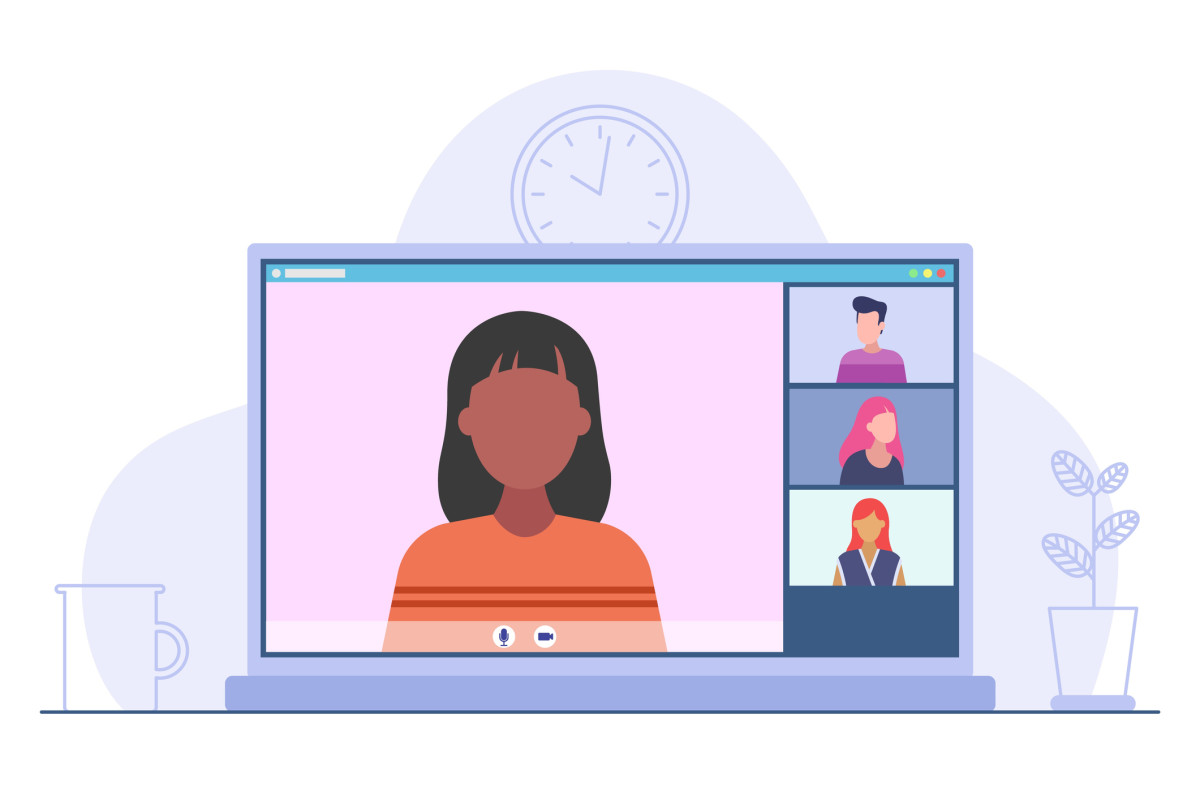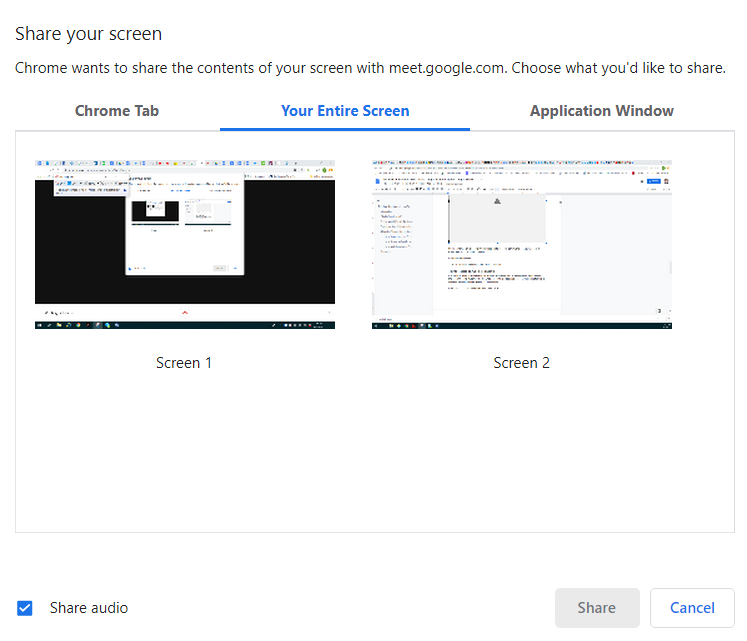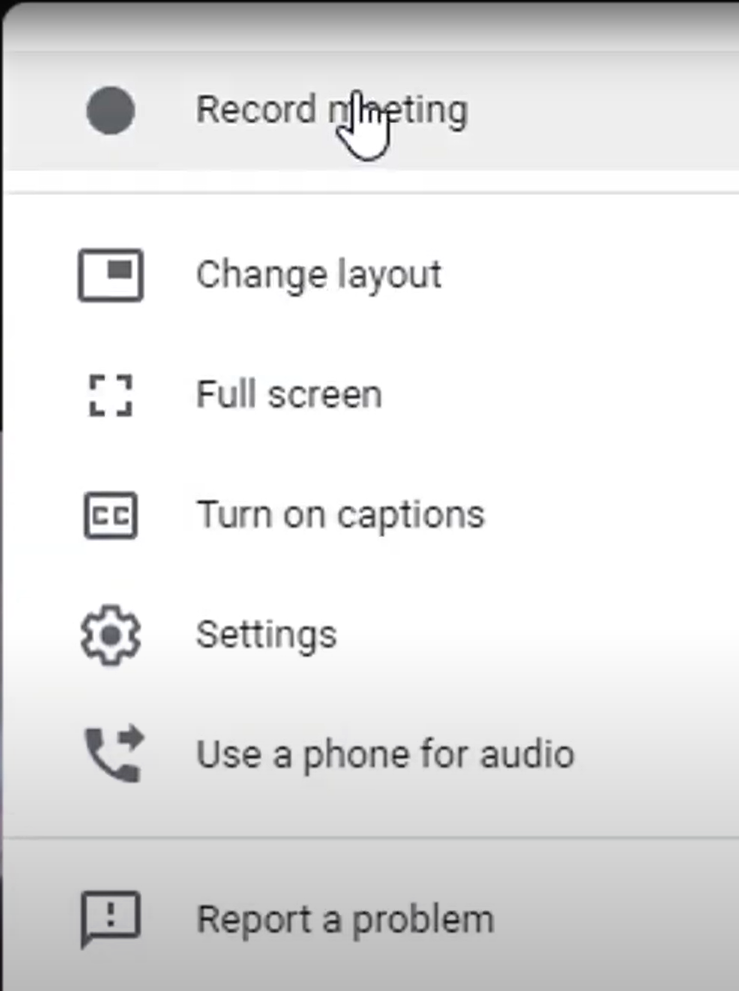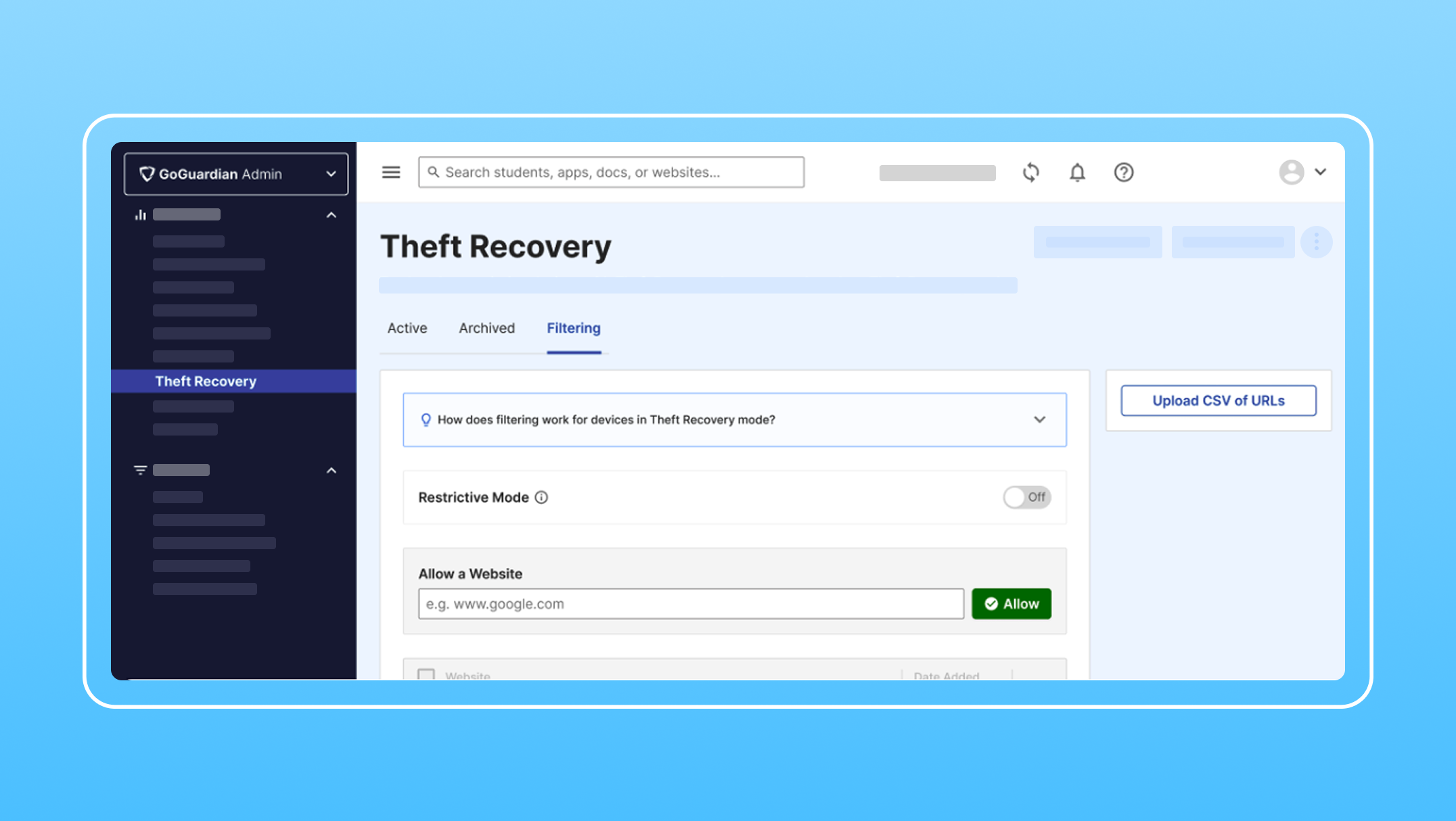Teacher Cheatsheet: How To Use Google Hangouts (Now Google Meet)

So far 43 states have extended their statewide school closures through the rest of the school year, and more may soon join their ranks. Several states are now in discussions over extending closures into the summer or fall—although specific plans aren’t clear yet.
Karen Salmon, Maryland’s State Superintendent of Schools, recently told state lawmakers that she is building up the state’s online and distance-Learning capabilities in the event schools remain closed during the winter of the 2020-2021 academic year.
This isn’t an unreasonable prediction. There are epidemiologists who expect to see a second wave of Coronavirus hit in the fall. If you're a teacher facing a school closure, you no doubt want to ramp up your distance-Learning capabilities as well during this crisis.
Students’ routines have been disrupted by school closures, and many are realizing that they miss the structure school provided and the opportunity to learn from their teacher. Providing this same feeling of comfort and safety to students is important during these tumultuous times for them.
Google Meet, formerly called Google Hangouts Meet, is a free tool that can help teachers better connect with students during periods of remote Learning. This helpful tool allows teachers and students to connect one-on-one or as a group over video calls.
What Is Google Meet?
Google Meet is a free video conferencing tool. It is part of Google’s “G Suite” of software tools alongside Google Classroom. As a response to the COVID-19 pandemic, Google made this amazing tool free to use for anyone with a Google account—which is free to set up, by the way. According to Google, Google Meet is already used by hundreds of thousands of students in Vietnam and Hong Kong, where school closures hit earlier than in the west.
Google Meet allows teachers to connect up to 250 people on a single call. One class or a group of classes can join the same lesson and learn simultaneously. The application also lets teachers livestream for up to 100,000 viewers, meaning educators can host a virtual school assembly or stream a lecture to a wide audience. These capabilities are typically only available in the Enterprise edition of G Suite and in G Suite Enterprise for Education, but they are available at no additional cost to all users until September 30, 2020, giving teachers enough time to finish the school year with them.
Google Meet offers a number of handy features to help teachers manage a digital classroom. Educators can record meetings, add captions to meetings, mute participants, and even screenshare.
Google Meet Offers Stellar Security
Google Meet provides solid security protocols that educators can rely on. The software protects both student and teacher privacy, as it complies with Internet Engineering Task Force security standards for Datagram Transport Layer Security and Secure Real-time Transport Protocol. All the data is encrypted in transit between the client and Google.
Every Meeting ID is 10 characters long with 25 characters in the set. This makes it difficult for someone to join the meeting when unauthorized by guessing its ID. Google Meet also complies with regulations authorized by COPPA, FERPA, GDPR, and HIPAA.
Teaching a Class Using Google Hangouts (Now Google Meet)
Using Google Meet (formerly Google Hangouts) in the classroom can enhance your student’s Learning experience. As long as your students have Wi-Fi access, you will be able to see and talk to them virtually in Google Meet. The application can also be used to create video discussion sections where students can engage with each other and support peers who are struggling to keep up with the material.
Providing essential one-on-one attention can be difficult when engaging in distance Learning. Google Meet makes this easier by helping teachers with scheduling. Calendar Appointment Slots let teachers open up hours in their schedule to meet with students outside of regular class time. Students can choose to meet one-on-one or in small groups with teachers to get extra help or ask questions.
Not all students have stable access to Wi-Fi. For a variety of reasons, students may only have intermittent access to the internet. In addition, not all students are able to join a virtual classroom at the same time. To work around this, teachers can instruct through a mixture of live video and recorded lessons. Being able to record lessons means students who are unable to attend have the opportunity to catch up. This is invaluable when distance Learning. Students who fall behind often need extra coaching and help; fortunately,Google Meet has a built-in feature that enables video recording of live lectures.
4 Practical Tips on How to Use Google Hangouts (Now Google Meet)
How to Screen Share on Google Hangouts
Screen sharing gives teachers the freedom to easily share anything on their computers with their students. Being able to screen share while broadcasting to students on Google Hangouts is an invaluable tool for teachers.
Google makes it easy to screen share on Google Meet. Just follow these steps:
- Join or create a video meeting.
- Select “Present Now” in the bottom-right corner of your screen.
- Select your entire screen, a window, or an individual tab on your internet browser.
- Select the content you would like to share.
- Select “Share”.

If your camera is on, students in your video conference will continue to see your video in a split-screen with the shared content.
To stop screen sharing:
- In the Meet window, click on “Stop Presenting.”
How to Record on Google Hangouts
The ability to record distance-Learning lessons allows teachers to save time repeating content and accommodate students who are unable to join live class sessions. The recording feature is available on the computer version of Google Meet.
To record on Google Hangouts, follow these steps:
- Open Meet, and join or start a meeting.
- Click on “More” → “Record Meeting”.
- Wait to be notified that the recording has started (students participating will be notified when the recording stops or starts, as well).
- When you are finished, click on “More” → “Stop Recording” and again to verify (recording also stops when all students have left the meeting).
- Once the recording file is generated, it will be saved to the organizer’s My Drive > Meet Recordings folder (which is automatically generated). In addition, an email with the recording link is sent to the meeting organizer and person who started the recording.

How to Mute Someone in Google Hangouts
When video conferencing, people may occasionally experience feedback or background noise during the call. Other times, students are purposefully disruptive. In both cases, teachers may want to mute participants’ microphones. Doing so is simple: next to the student’s thumbnail, you can hover over their volume icon and click “Mute.” In order to mute or unmute yourself, you can click “Mute” at the bottom of the video window.
Conclusion
Teachers should be using Google Meet in the classroom to make the most out of distance Learning. Learning how to use Google Meet is something any computer-literate teacher can do, and using this free service can add a ton of value to your classroom. During school closures, Google Meet is a video conferencing tool that can help teachers connect with students. Teachers can use Google Meet to connect with students one-on-one or broadcast a lesson to an entire school district. With world-class security protocols enabled, it can be trusted to help protect students as you keep the classroom connected.
Jump to Section
Bring the power of GoGuardian to your school or district today.


